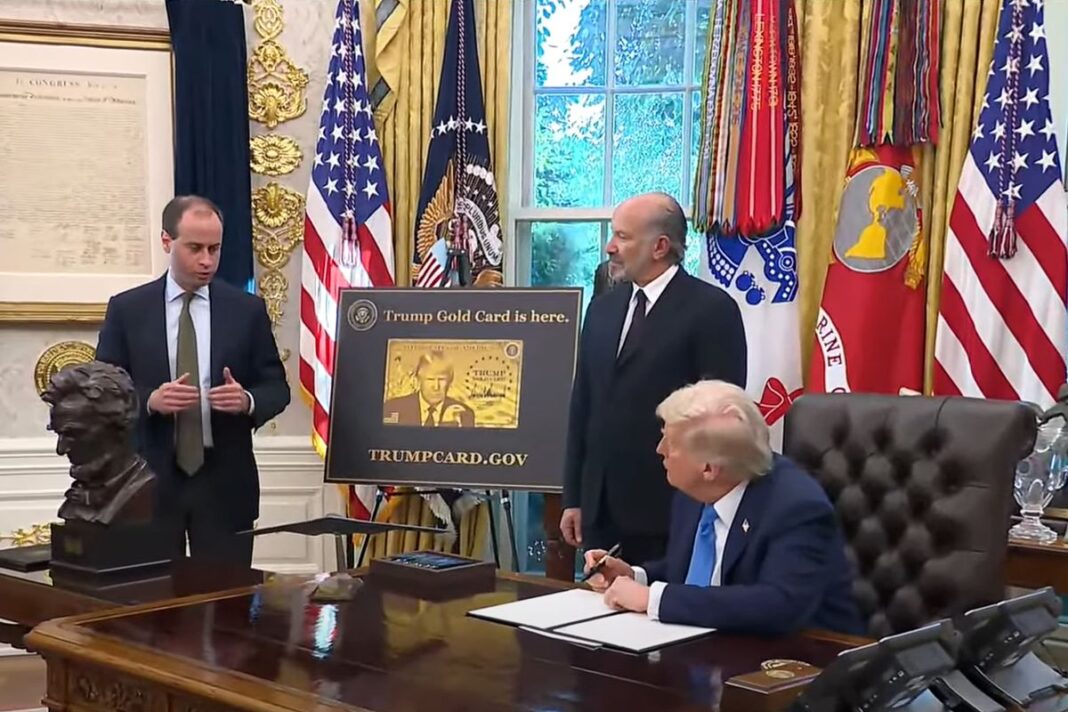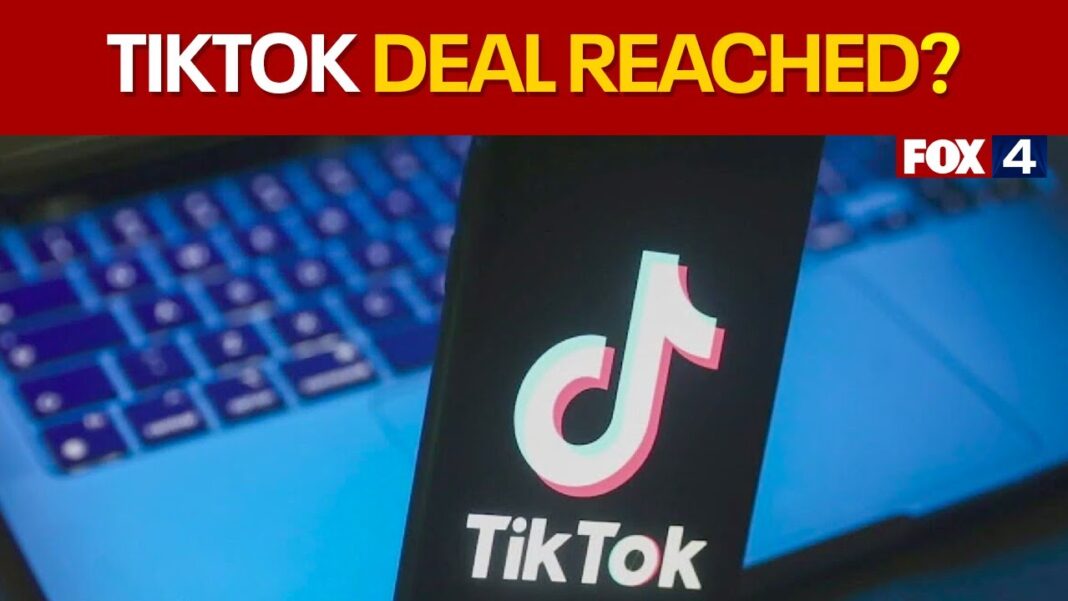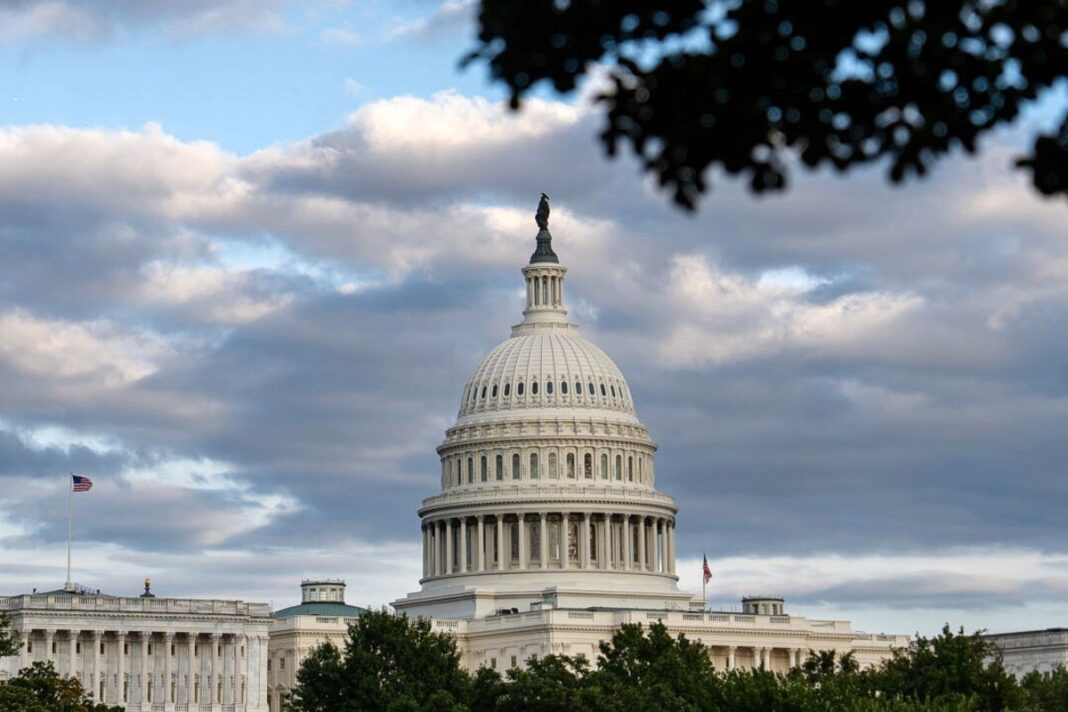The changes likely will have the largest effect on tech employers and Indian workers.
President Donald Trump announced on Sept. 19 a new fee structure for obtaining an H-1B visa.
Companies will now have to pay a one-time fee of $100,000 for importing a foreign worker under this program.
Here’s what we know.
What Is an H-1B Visa?
The H-1B visa program allows U.S. companies to import foreign workers to fill jobs that require “specialized knowledge and a bachelor’s degree or higher in a directly related specific specialty (or its equivalent).”
Employers file a request, naming the employee and position to be filled, and pay a series of fees to bring the new worker on board. The coveted visa lasts for three years and can be renewed for an additional three years.
It can be extended further if the applicant is in the process of acquiring his or her permanent residency (green card).
Established by Congress in 1990, the program is widely used by technology sector employers, but it may also be used in such fields as architecture, engineering, theology, or the arts.
About 400,000 applications were approved in 2024, according to the Pew Research Center.
Because of the large number of successful applicants, the visas are assigned through a lottery system by the U.S. Citizenship and Immigration Services (USCIS).
There is a congressionally mandated cap on the number of these visas given each year: 65,000 through the regular H-1B program, and another 20,000 through an exemption program for jobs that require an advanced degree.
What Are the New Rules?
Trump’s proclamation tacks a one-time $100,000 fee onto applications for an H-1B visa.
Commerce Secretary Howard Lutnick initially said the $100,000 fee would be annual, but the White House later clarified that this would be a one-time cost.
The new rules took effect on Sept. 21, but do not apply to current H-1B holders or those who submitted applications before that date.
Previous H-1B fees, which have generally been paid by the employer, included a $215 registration fee and $780 processing fee to get the ball rolling.
Another $750 to $1,500—depending on employer size—was required by the American Competitiveness and Workforce Improvement Act of 1998, which funds scholarships and training programs for U.S. employees.
Employers have to pay an additional $4,000 if they have 50 or more workers and more than half of them are using H-1B visas.
The president’s $100,000 add-on is in effect for one year, but he may choose to renew it.








